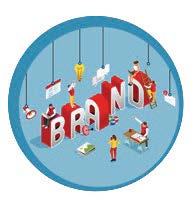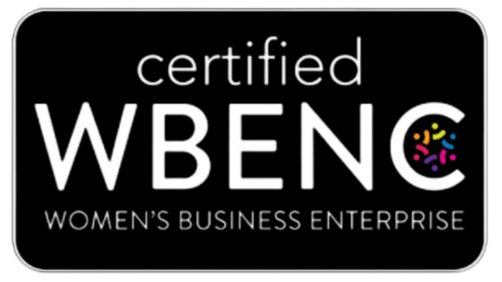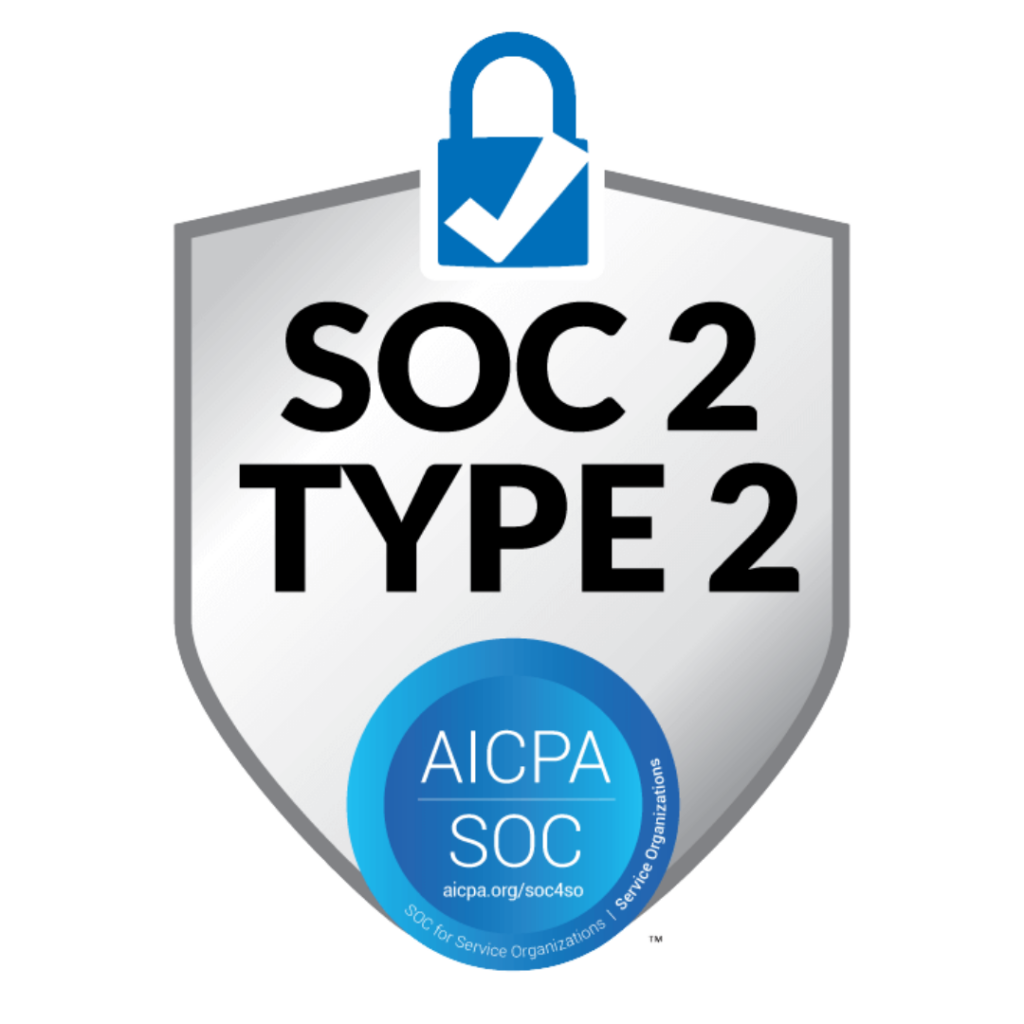By Kevin Poirot, EVP Branded Environments
Close your eyes for a minute and picture yourself walking into your local Starbucks for a morning coffee to kick off your day. Imagine that from the second you walk in, you’re fully immersed in the environment surrounding you. Look up at the uniformed digital menu boards as you place your order. Notice the rich smell of coffee brewing, and walk to the end of the counter to rest your hands on the natural wood lacquered countertop as you wait for your beverage. Look around and see people sitting in low cushioned chairs chatting about their weekend, or on their laptop catching up on their latest proposal. Suddenly, your name is called and with coffee in hand you head to the door, past the crowd, while a bohemian cover of “The Girl from Ipanema” is playing overhead. Whether you’ve never set foot inside a Starbucks, or it’s your required detour on the way to work, everyone knows exactly what I’m talking about.
Starbucks has spent millions to create an extremely recognizable branded environment to ensure everything from the taste of their coffee to the wood used on their displays is consistent throughout each of their stores. It’s intentional and it has succeeded, since I can just mention Starbucks, and your mind automatically sees, hears and tastes their brand.
From Verizon to Starbucks, McDonald’s and more, companies are focusing a lot of time and money on branding and how it translates into the retail space, and a lot less time on just putting up four walls. The turn-and-burn theory of “if you build it, they will come” is a thing of the past as corporate marketing teams across the globe are battling to create meaningful sensory experiences that will drive customers into their branded retail spaces.
The banking industry, however, has continued to focus on a transactional and operational approach rather than a branded experience. Branches are neglected and long overdue for a refresh. Mergers and acquisitions tend to focus on bringing the newly acquired assets up to speed operationally but often delay branding for years. To be fair, financial institutions tried.

In the ’80s and ’90s, branches began to focus on merchandising, swapping out floral arrangements for poster frames. The early 2000’s broke ground to a heavier importance of branding with the addition of community walls and painted accent walls to give off a slight branded appeal. But now we are well into the 2020’s, and things have changed. Even big banks are on board with an immersive branding experience, leaving many other banks behind.
So, what’s the secret? How do you get past a roadblock and turn branches into powerful branded experiences that drive loyalty, growth and profit? The breakthrough happens when marketing takes a larger ownership of the branch environment.
Imagine if Starbucks left a newly acquired site to be built out by the facility manager, only to have the marketing team come in as an afterthought. Or if Verizon only engaged their marketing team after the retail site was built. Not only have these big corporate marketing teams spent years developing interiors and branded environments prior to any site acquisition, but they’re one of the first departments pulled into the design process of a new space, well before ground is broken. Why then do facility teams consistently and often solely remodel and build new branches?
The future of banking relies on marketing teams taking a greater ownership of the branch space. Marketing teams need to be conditioned to take greater ownership in the development of the retail branch, as they do in other industries across corporate America and beyond. Once the branch is up and running with the proper branding and consumer experience, the facility teams can take over, ensuring the longevity of the space to protect your asset.
Want to take ownership of your branch? Here are some easy ways to kick-start the process:

METHOD 1
The McLuhan Method
The philosopher and media theorist Marshall McLuhan famously said, “the medium is the message.” Your branch is a medium, and it’s your marketing team’s primary objective to create a branded experience, using that medium, to draw people into your branch. Success relies heavily on the environment that they create. It’s not the content that’s displaying on your digital screen, but the fact that you have a digital screen to begin with. Updating outdated flooring and wallpaper, applying a fresh coat of paint and upgrading millwork are small improvements that scream a bigger message.
If community banks want to make an impact, it’s vital to start thinking like industry leaders and take ownership of the branch, no matter how big the footprint is.
METHOD 2
Marketing Matters at the Start
Get the marketing team involved early and often. Give them the opportunity to design and carve out space before pen is put to paper. Allow those who are responsible for selling the branch experience to influence the final product by injecting branding throughout the branch design process of a new build or remodel.

METHOD 3
Establish an Improvement Fund for Existing Branches
Great brand walls and comprehensive in-branch marketing are liable to fall short when displayed against the backdrop of decades-old flooring, wallpaper and finishes. Marketing and retail banking need to advocate for a larger budget for branch environment improvements. Often what is traditionally set aside for routine facilities maintenance projects should be allocated to marketing and retail interior initiatives. Establishing a more thorough budget can ensure resources will be available for capital improvements such as flooring, wall covering, fresh paint, light fixtures, window treatments and furniture.
Upgrades made across the bank network in conjunction with branding will generate the comprehensive change needed to create the desired immersive branded environment experience. Don’t settle for an outdated branch ever again.
METHOD 4
Parallel Path for Best Results for Acquisitions
It’s not branding or operations, it’s branding and operations. When branches are acquired through mergers and acquisitions, put the transition on parallel paths by simultaneously having the marketing team focus on branding and creative space while the operations team transitions new branches on board. If branding efforts are put off until operations are in lockstep, branches will remain outdated. Stop waiting for the perfect time to upgrade your network – you’ll be waiting forever.

METHOD 5
The Golden Gate Bridge Approach
There is never a time when the Golden Gate Bridge is not being painted. When painters get to the end of the bridge, they start again at the beginning. This same philosophy should be applied to the branches in your network. Establish an ongoing refreshment cycle that, over time, allows your entire network to be rejuvenated with fresh paint, new flooring, upgraded lighting, elevated millwork and teller lines and more. Carve this schedule out across your portfolio so that there is never down time in making capital improvements to these highly visible assets. You’ll reap the benefits of keeping your branches updated and your consumers will appreciate the devotion you have to enhancing their overall experience.
Owning your branch experience can be challenging, and it won’t be easy. Stepping into the world of subcontractors can be a challenge for retail teams. Often the work is done after hours and on weekends. However, finding the right partner to navigate these challenges will be the key to a successful project with amazing end results, making it all worth the effort. If marketing and retail don’t take ownership, no one will. It’s time to own your branch.



